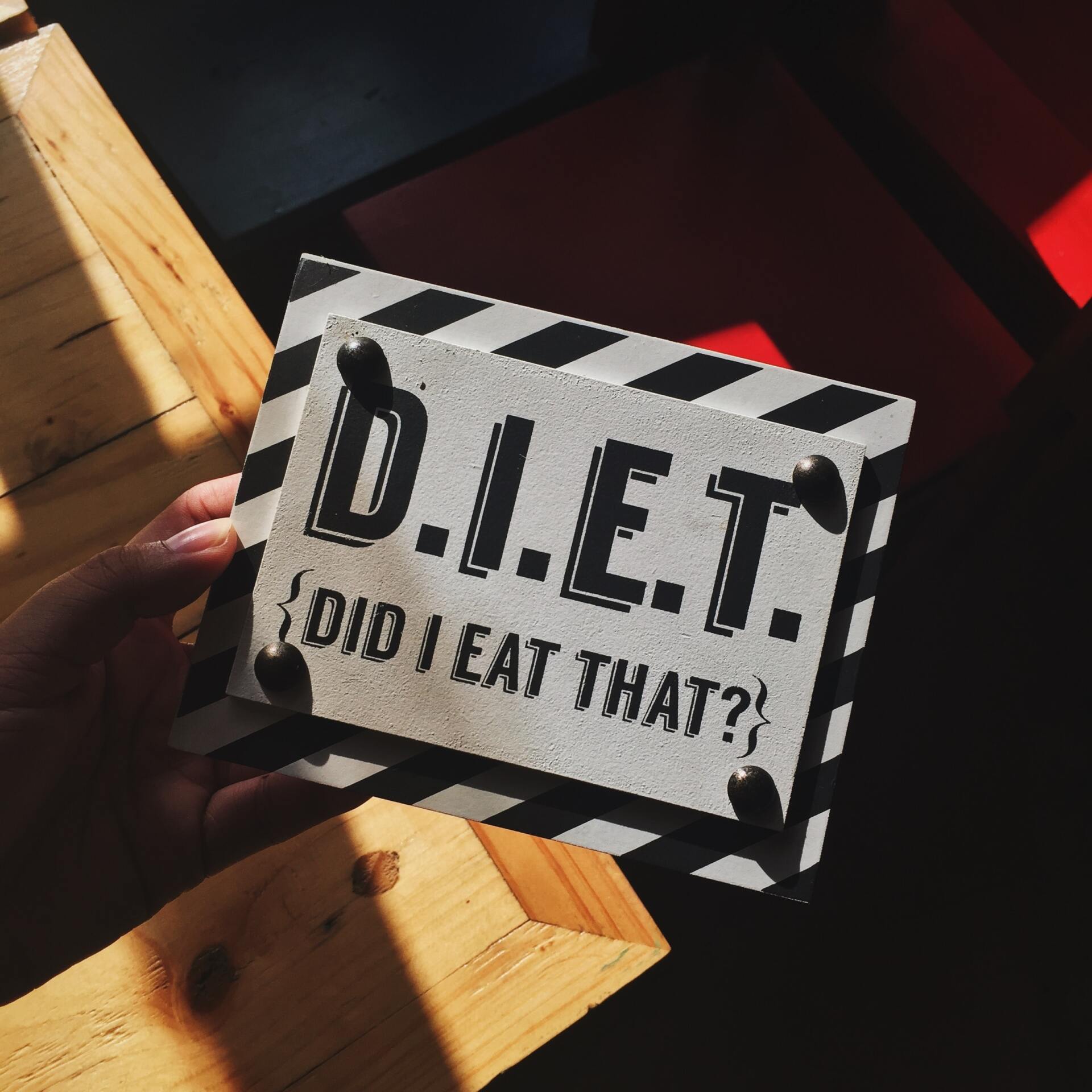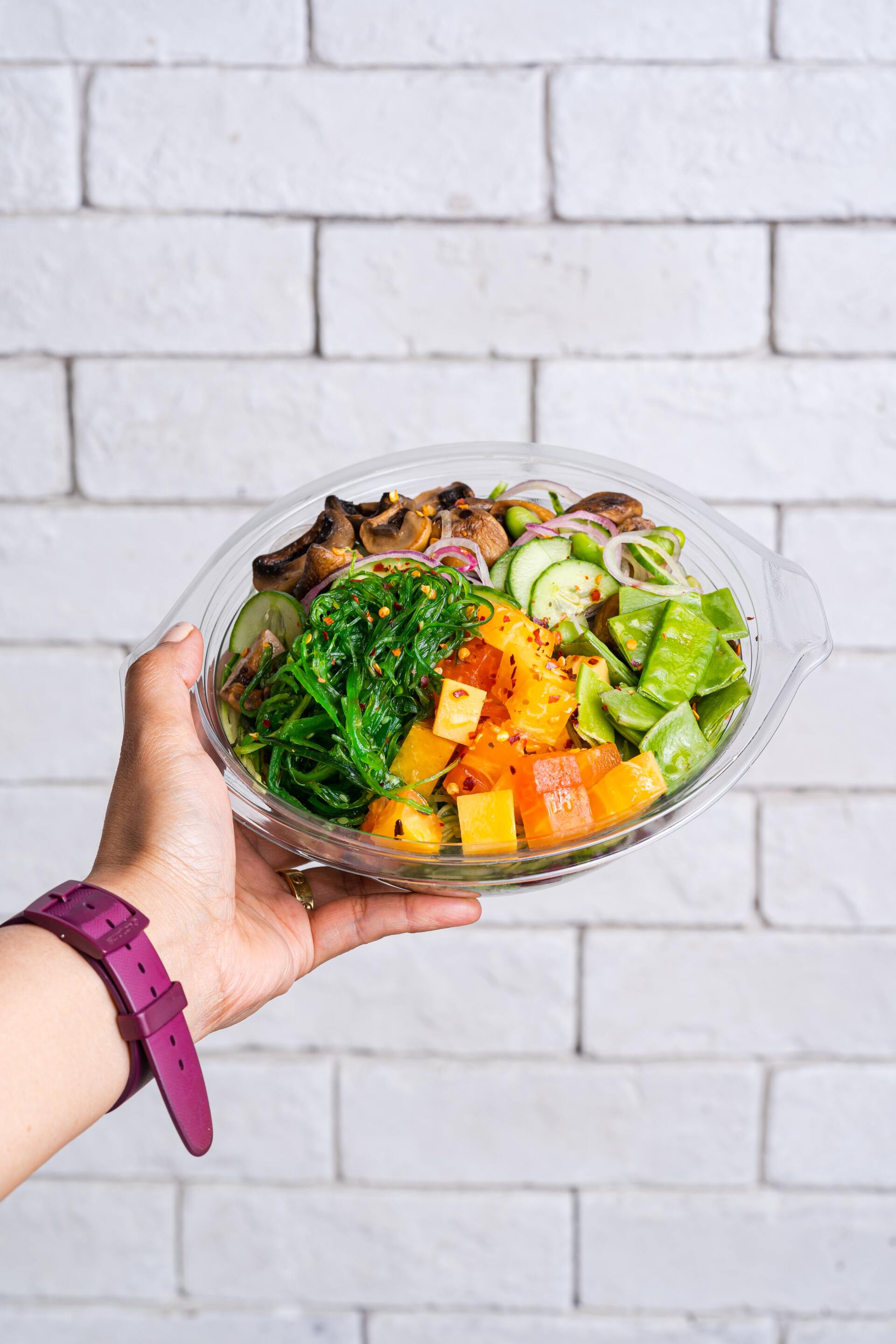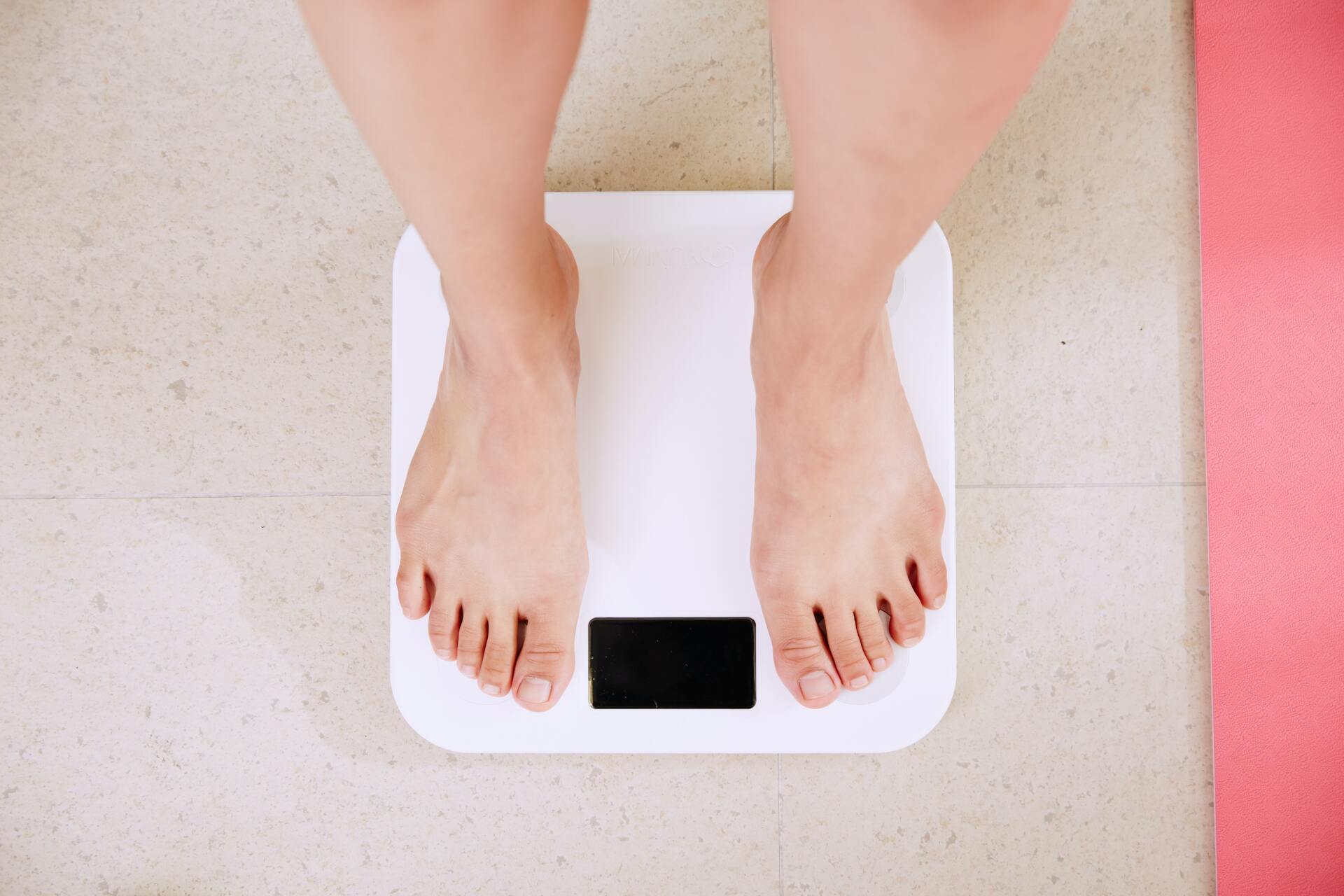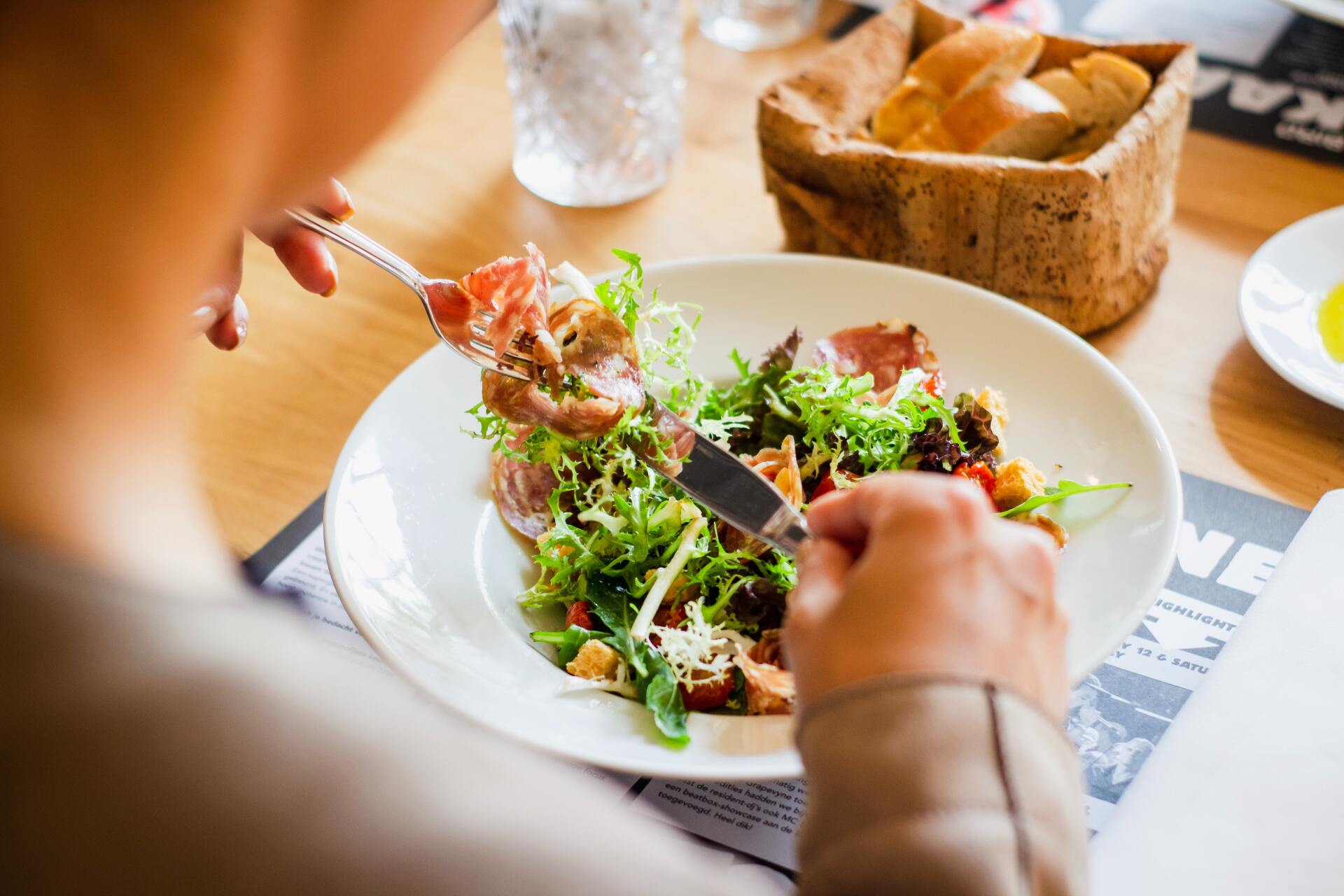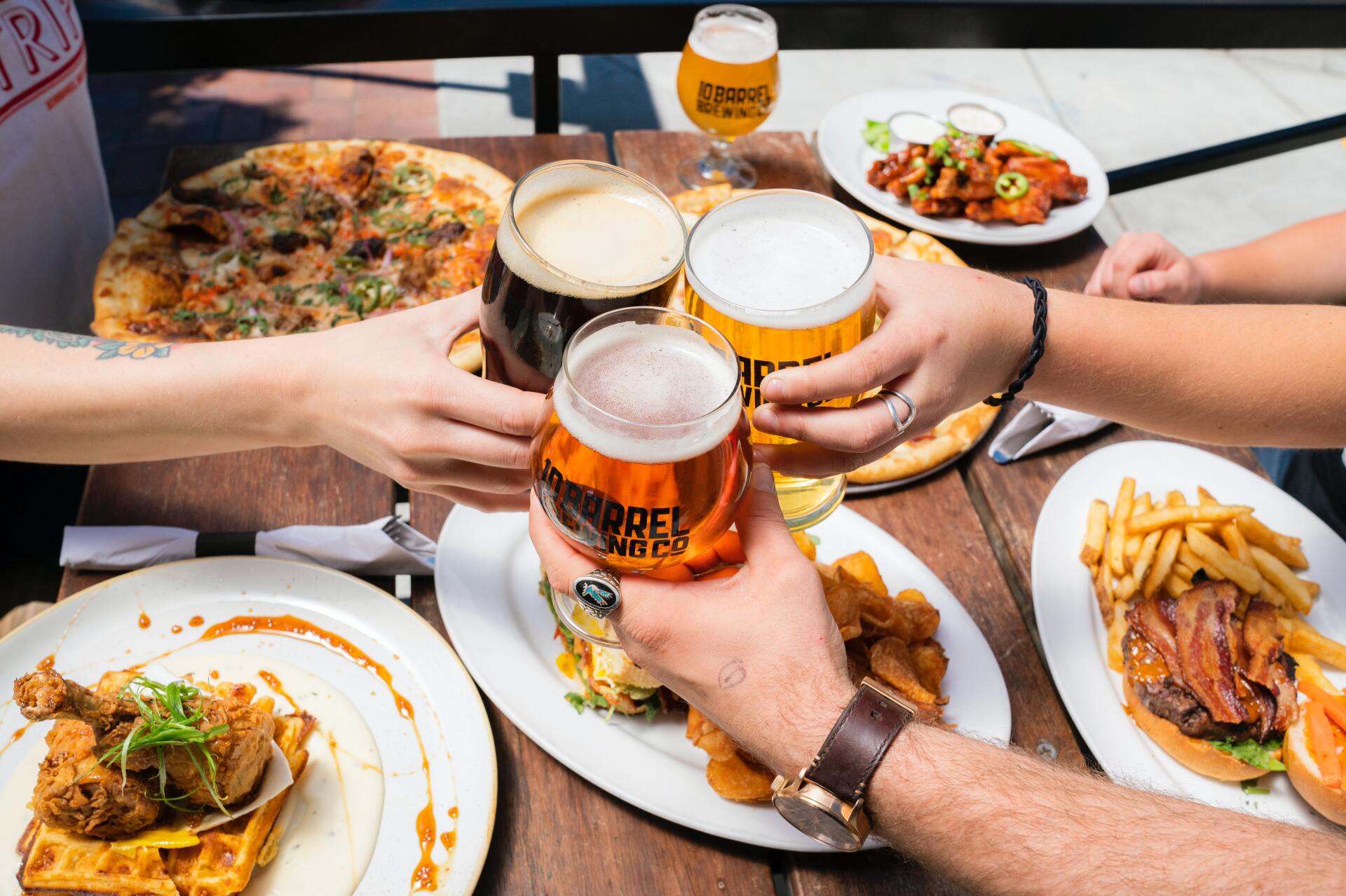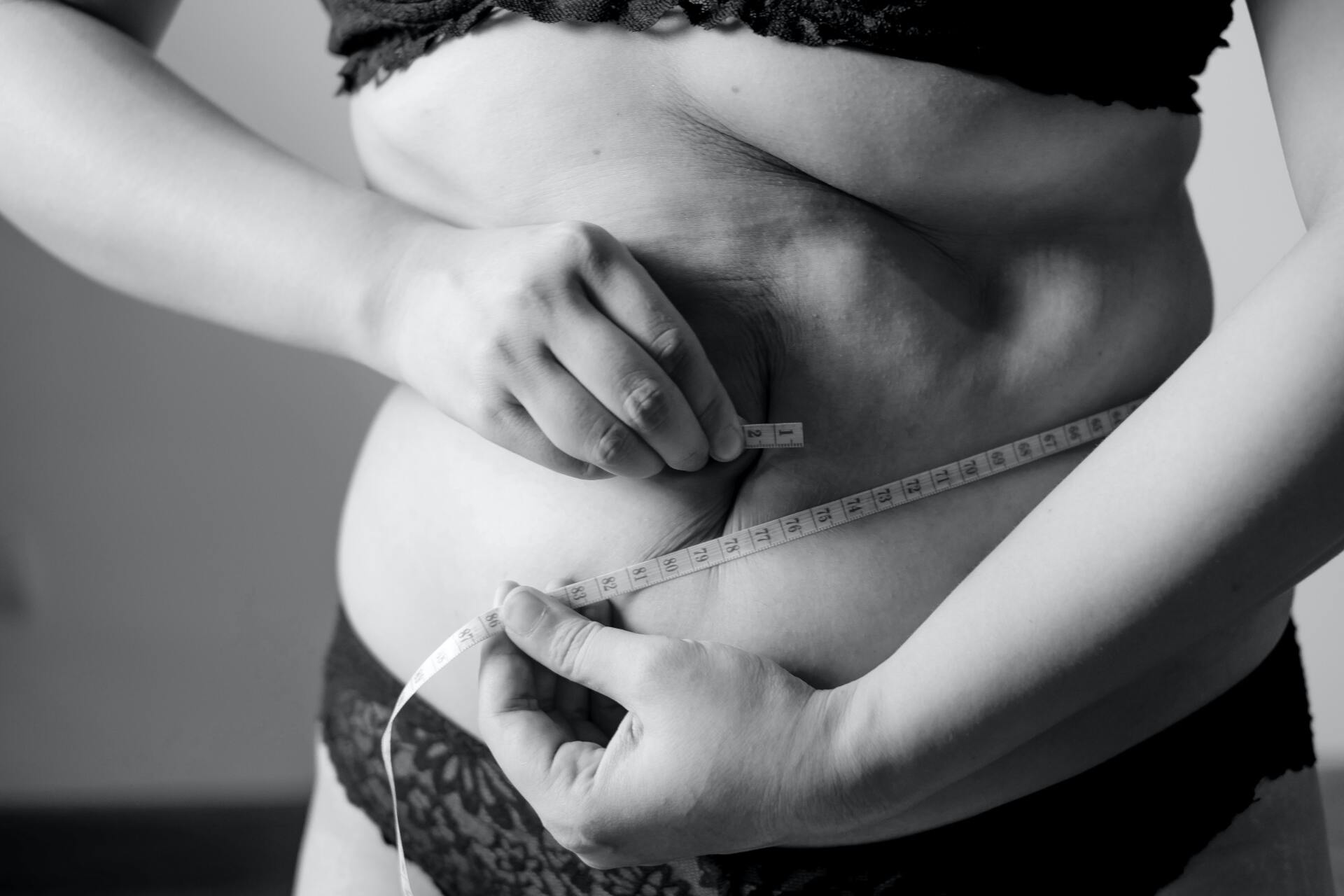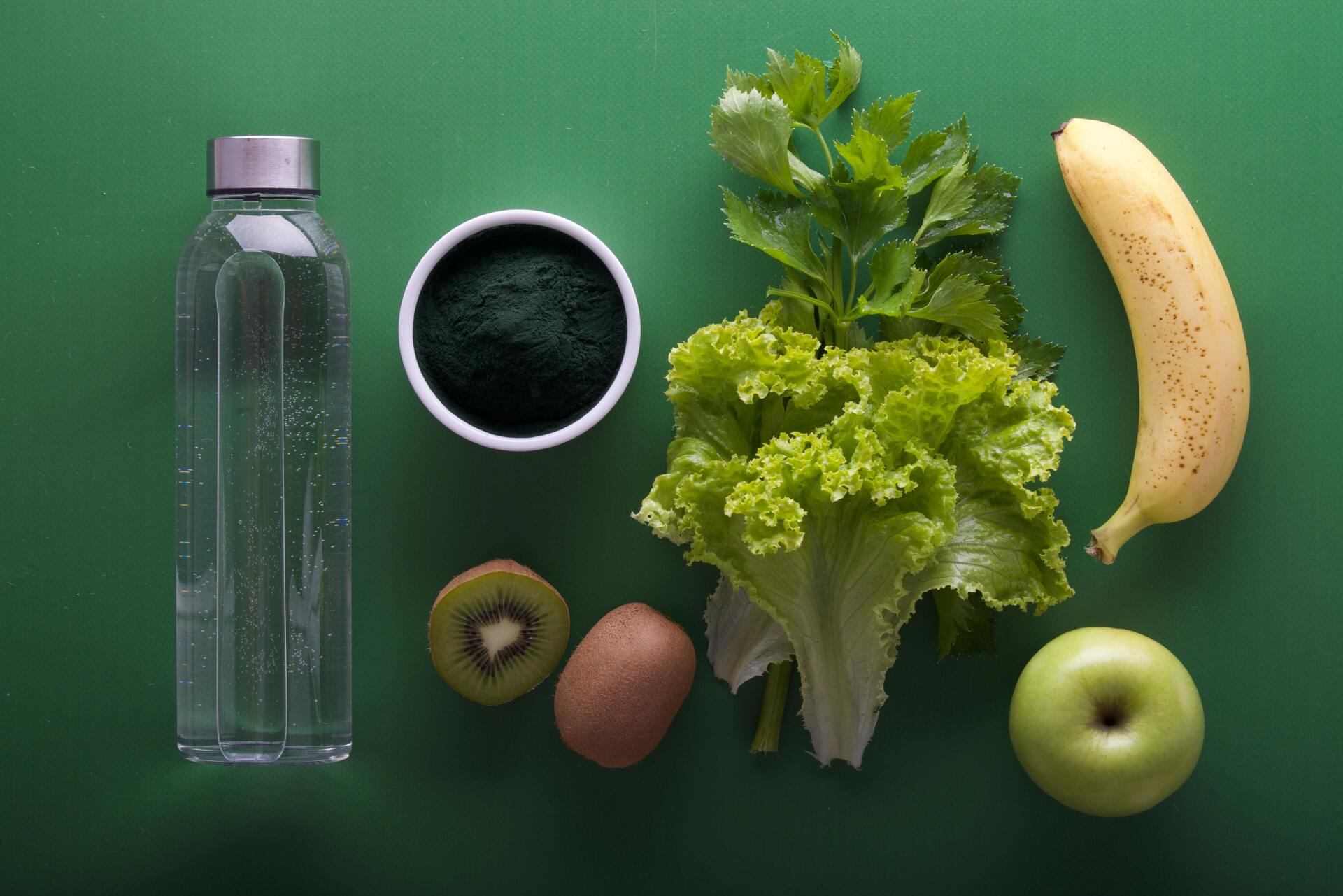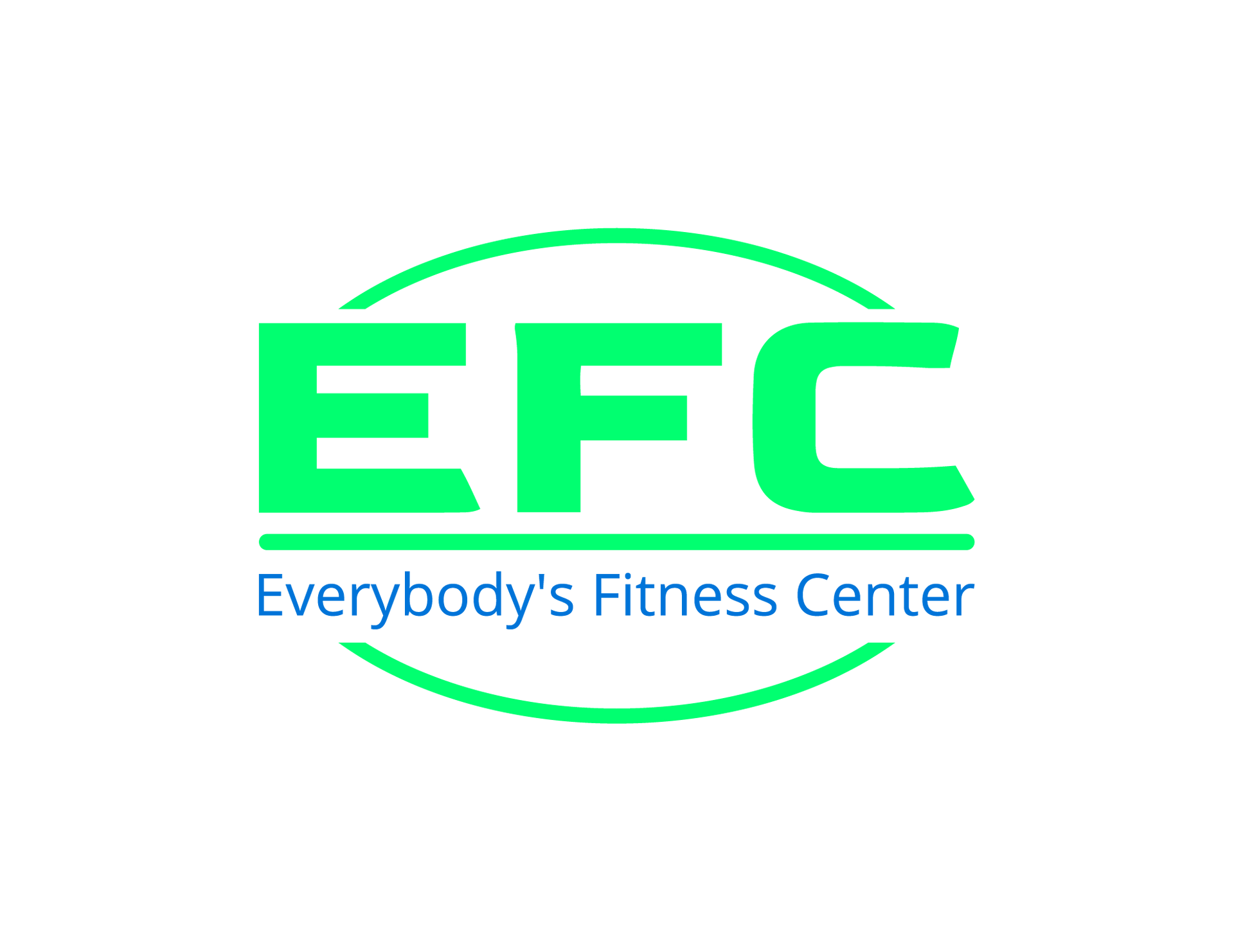Healthy Eating on a Budget
Four easy ways to eat healthy on a budget
When someone first embarks on a weight loss program or begins working with a health coach, their diet often changes to incorporate more fruits, vegetables, lean proteins, and whole grains. At first this change may seem extremely expensive, as a fancy salad from a restaurant can cost more than a burger off of the dollar menu at your favorite fast food joint. However, with a little planning, you may find that healthy food can be cheaper than less nutritionally dense options.
1.Supermarket flyer
Nearly every supermarket puts out a circular which details the sales for that week. The best deals are usually placed on the front and back pages, while the middle pages may be just filler. Your local supermarket may even offer loss-leading items, in which the store loses money on a few low-priced items in order to get customers in the door. Take advantage of these items! If you buy your weekly produce based upon what is cheapest, it may also get you out of your comfort zone and give you an opportunity to try new foods. You can find these flyers in store, on their website, or by downloading the company’s app on your phone.
2.Shop seasonally
Have you ever noticed that certain produce items, such as berries, are more expensive in the winter than they are in summer? When we see vegetables in the store, it can be easy to forget that they travelled a long way to make it onto your plate. Produce must travel much further in the winter than in the summer, as farmers in cold climates cannot grow as many plants as those in warm climates. Seasonal produce is likely to be the cheapest, as it is the most abundant and accessible at that time. Root vegetables and squashes are fantastic in the winter; on the other hand, apples are at their peak in a New England autumn. Shopping at local farmer’s markets, which would only sell seasonal produce, can also reduce your costs.
3.Preparing and planning your meals
If you were to look in your pantry and your refrigerator right now, how much food do you see? Are they both completely full, or do you wait until you have nothing before you go to the grocery store again? Before you go buy more, take an inventory of what you already have on hand. Make a point of using up the lettuce that is about to wilt or the pesto that has been sitting in the back of your freezer. Use these ingredients as a starting point to build that week’s meals, and go to the store and buy only what you need to complete the recipes. Also, do you have any staple foods that you know you’ll eat every week? Buy in bulk and stock up when they’re on sale!
4.Rebate apps and coupons
Did you know that almost every grocery store offers coupons
on their apps? They usually have coupons
that you can load onto your loyalty card that you can add on top of the weekly
sales. Certain stores even periodically
offer free products! Also, you can
download rebate apps to get cash back when you buy certain items. Ibotta, Checkout 51, and Fetch are all great
examples. These apps offer rewards into
the form of money deposited into Venmo or Paypal or gift cards for a number of
different stores. You can sometimes even
get multiple refunds for the same product, making it free or close to it.
If you need additional help learning how to eat healthy on a budget please contact us at info@efcfit.com
Written by Coach Larissa Beecher
